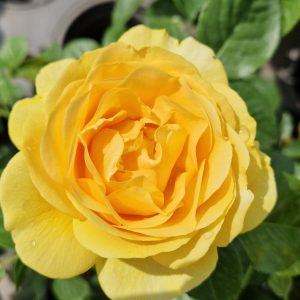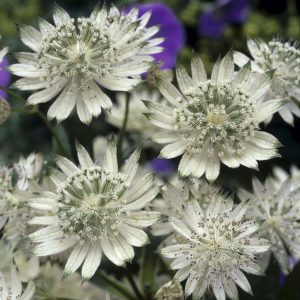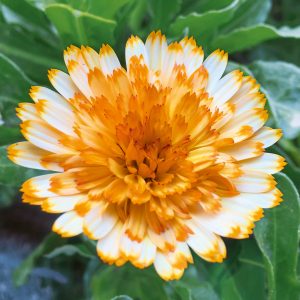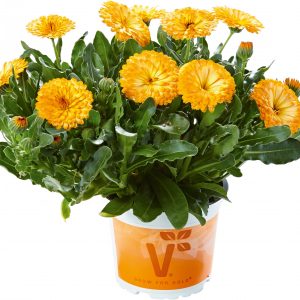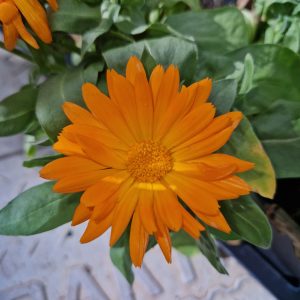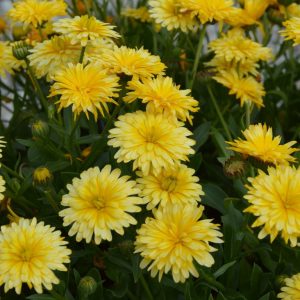Calendula, also known as pot marigold, is a cheerful and versatile annual that adds vibrant colour to gardens and containers. Follow this planting guide for successful cultivation and a burst of bright blooms.
Selecting the Planting Site
Sunlight Requirements: Choose a location with full sun to partial shade. Calendula thrives in well-lit areas.
Soil Conditions: Plant in well-draining, moderately fertile soil. Calendula is adaptable but prefers slightly alkaline to neutral soil.
Planting Time
Optimal Timing: Plant Calendula seeds directly in the garden or containers after the last frost date in spring. They can also be started indoors 4-6 weeks before the last expected frost.
Planting Process
Direct Sowing: If planting seeds directly, sow them 1/4 inch deep in well-prepared soil. Space seeds about 6-12 inches apart.
Transplanting: If starting indoors, transplant seedlings once they have 2-4 true leaves. Space transplants according to the mature plant size.
Watering
Establishment Period: Keep the soil consistently moist during the germination and early growth stages.
Moderate Watering: Once established, Calendula is somewhat drought tolerant. Water when the soil feels dry to the touch but avoid prolonged dry spells.
Mulching
Light Mulching: Apply a thin layer of mulch around plants to conserve soil moisture and suppress weeds.
Fertilisation
Minimal Fertilisation: Calendula is not heavy feeder. Incorporate compost into the soil before planting, and additional feeding may not be necessary.
Support
Generally Unnecessary: Calendula typically doesn’t require staking or additional support, as it has a bushy and compact growth habit.
Pruning
Deadheading: Remove spent flowers regularly to encourage continuous blooming and prevent self-seeding. This also helps maintain a neat appearance.
Pest and Disease Management
Aphid Control: Keep an eye out for aphids, which can be a common issue. Hose them off with a strong spray of water or use insecticidal soap.
Good Air Circulation: Ensure good air circulation to prevent fungal diseases. Avoid overhead watering.
Harvesting
Blooms: Harvest Calendula flowers when they are fully open. Pick regularly to encourage more blooms.
Container Gardening
Well-Draining Soil: If planting in containers, use a well-draining potting mix. Ensure containers have drainage holes.
Adequate Space: Provide enough space between plants in containers to allow for proper growth.
Companion Planting
Beneficial Companions: Plant Calendula near vegetables like tomatoes and beans to attract beneficial insects.
Winter Considerations
Annual Growth: Calendula is an annual plant, so it completes its life cycle within a year. Collect seeds for future planting.
By following these guidelines, you’ll enjoy a colourful display of Calendula blooms. Adapt care based on your specific growing conditions and enjoy the beauty and versatility that Calendula brings to your garden.




